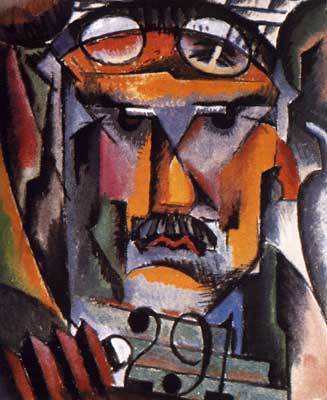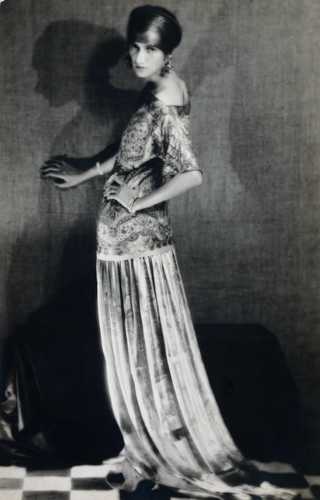
“One can have no smaller or greater mastery than mastery of oneself.”
“I love those who can smile in trouble, who can gather strength from distress, and grow brave by reflection.”
Leonardo da Vinci, born on April 15, 1452, in Florence, Italy
“It has never been my object to record my dreams, just the determination to realize them.”
“The tricks of today are the truths of tomorrow.”
“There is no progress in art, any more than there is progress in making love. There are simply different ways of doing it.”
“The streets are full of admirable craftsmen, but so few practical dreamers.”
“l paint what cannot be photographed, and l photograph what l do not wish to paint.”
“I have been accused of being a joker. But the most successful art to me involves humor.”
“I do not photograph nature. I photograph my visions.”
“I paint what cannot be photographed, that which comes from the imagination or from dreams, or from an unconscious drive.”
“A creator needs only one enthusiast to justify him.”
“All critics should be assassinated.”
“An original is a creation motivated by desire.
Any reproduction of an original is motivated by necessity.
To create is divine, to reproduce is human.”
“Of course, there will always be those who look only at technique, who ask ‘how’, while others of a more curious nature will ask ‘why’. Personally, I have always preferred inspiration to information.”
/https://public-media.smithsonianmag.com/filer/Man-Ray-artist-631.jpg)



[Rayograph: Comb, Straight Razor Blade, Needle and Other Forms]
1922
Medium:
Gelatin silver print
Man Ray – Tears (Les Larmes)
Image via harryneelam.com
http://www.widewalls.ch/artist/man-ray/

Portrait of Frida Kahlo by Man Ray

Lee Miller by Man Ray








Man Ray described Fair Weather as the high point of his Surrealist production. Its vignettes derive from nightmares of barren trees growing in the artist’s yard, of mythical beasts fighting on his roof, and of an affair between his maid and carpenter. Other elements—such as the pool table and the mathematics book—refer to his earlier works. The mannequin in harlequin costume may be a kind of self-portrait.
courtesy of the Philadelphia Museum of Art
Completed just before the outbreak of World War II, Fair Weather is also an anxious and ironic premonition of the impending international conflict. The bombarded stone wall and the puddle of blood are immediately legible as consequences of violence. When Man Ray departed Europe in 1940 to return to the United States, he left this painting behind. The next year he made a smaller version, fearing that the original might be destroyed.
information courtesy of the Philadelphia Museum of Art
 The Rope Dancer accompanies herself with her shadows, 1916
The Rope Dancer accompanies herself with her shadows, 1916
 Photo of Man Ray by Lothar Wolleh
Photo of Man Ray by Lothar Wolleh“I have forced myself to contradict myself in order to avoid conforming to my own taste.”
“In my day artists wanted to be outcasts, pariahs. Now they are all integrated into society.”
“Anything is art if the artist says it is.”

Fountain, R.Mutt, 1917 painted on ready made, Duchamp
“It’s true, of course, humor is very important in my life, as you know. That’s the only reason for living, in fact.”
“The creative act is not formed by the artist alone; the spectator brings the work in contact with the external world by deciphering and interpreting its inner qualifications and thus adds his contribution to the creative act.”
“Art may be bad, good or indifferent, but, whatever adjective is used, we must call it art, and bad art is still art in the same way as a bad emotion is still an emotion.”
“The only man in the past whom I really respect was Seurat... He didn’t let his hand interfere with his mind.”
“The word ‘art’ interests me very much. If it comes from Sanskrit, as I’ve heard, it signifies ‘making.'”
 Mary Reynolds and Marcel Duchamp
Mary Reynolds and Marcel Duchamp
photo by Man Ray
 Brancusi, Duchamp and Mary Reynolds, 1929, France
Brancusi, Duchamp and Mary Reynolds, 1929, France
About Mary Reynolds

John Cage and Marcel Duchamp play musical chess in Toronto, 1968

Marcel Duchamp, 1917, photo by Edward Steichen

Photo by Irving Penn, 1948

Marcel Duchamp. Duchamp playing chess with Eve Babitz. 1963
 “In 1913 I had the happy idea to fasten a bicycle wheel to a kitchen stool and watch it turn. It was around that time that the word ‘Readymade‘ came to mind to designate this form of manifestation.”
“In 1913 I had the happy idea to fasten a bicycle wheel to a kitchen stool and watch it turn. It was around that time that the word ‘Readymade‘ came to mind to designate this form of manifestation.”

Nude Descending a Staircase, No. 2
You must be logged in to post a comment.